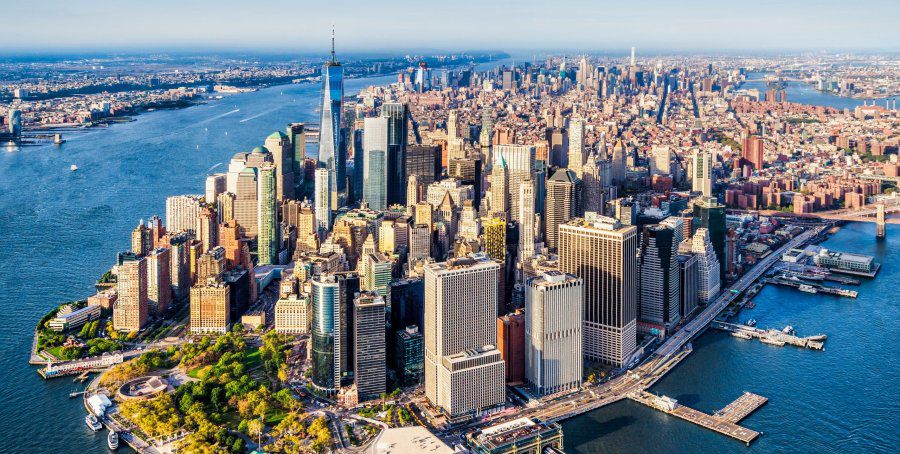NEW-YORK SUSKS INTO WATER UNDER WEIGHT
OF ITS SKYSCRAPERS |
|
"In 2012, Hurricane Sandy pulled seawater into the city, while heavy rains from Hurricane Ida in 2021 overwhelmed drainage systems due to heavy runoff in the mostly paved city." "A deeply concentrated population of 8.4 million people face varying degrees of flood danger in New York City," experts warn. All the buildings in the Big Apple would today represent a weight of 764 million tonnes, thus making this collapse of the city all the more rapid. The study chronicles the passage of two recent hurricanes that killed people and caused heavy damage in the Big Apple to illustrate the dangers that await the huge urban center, including the boroughs of Brooklyn and Queens. “Urbanization itself can exacerbate the problem; the cumulative pressure applied to the ground by tall buildings contributes to subsidence through the initial primary settlement of the ground compression and the reduction of vacant space.” Stop coastal constructions However, the ground of New York is, in certain zones, composed of soft elements, such as clay and sand. The city's surficial geology consists of silt, sand, clay lake, beach deposits and rock outcrops among others, the study reads. Soils rich in clay and artificial fill are particularly susceptible to subsidence, say the researchers. New York, Jakarta, soon under water ? The subsidence could be made worse by the construction of new buildings but also by the extraction of groundwater combined with rising sea levels, they warn. The world's population is growing, and one projection estimates that 70% of it will live in major cities by 2050, they add. In the future, floods could increase. New York is one of the cities most at risk from future flooding. She's not the only one. In Indonesia, the capital Jakarta could be under water in barely twenty-five years. Some neighborhoods are sinking nearly 11 centimeters a year due to groundwater pumping. | |
| Britney Delsey for DayNewsWorld | |
 |
|




